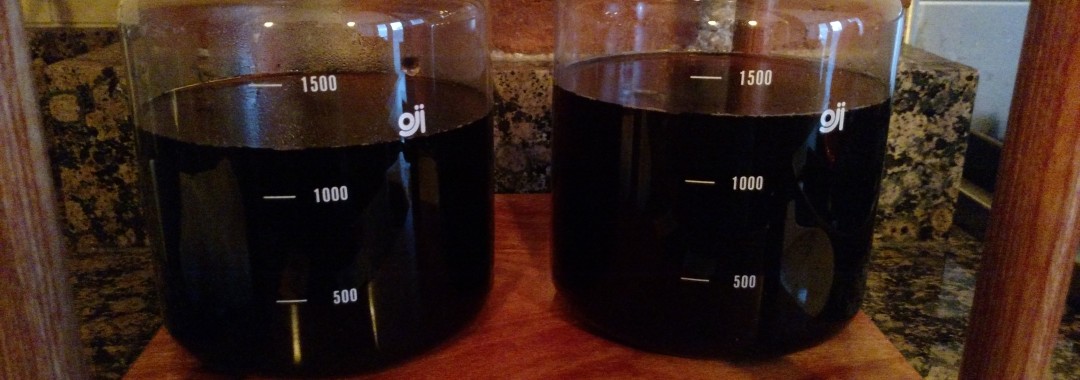It’s all about the Taste, Aroma and Body
The likes of Blue Bottle and Cherry Street Coffee started the cold-water drip coffee craze in the US back in the early 2000s. The Japanese were honored and excited to see the adoption of a traditional coffee brewing method in Japan called Mizu Dashi Coffee that had been used in Japanese coffee shops for decades. It is believed that the method of dripping cold water onto deep beds of coarsely ground coffee originated in Indonesia and became known as Dutch coffee. Dutch settlers found that slowly brewed coffee using cold water produced a rich, yet extremely approachable drink that refined the coffee drinking experience. Many felt that cold-water drip process produced drinks of lower acidity and emphasized the delicate aromas that were not as prominent through hot water extractions. Prior to Blue Bottle, wide adoption of cold-water drip coffees had only been seen in Asia, specifically Japan and Korea.
Recent media and press releases are illustrating that the cold-water drip trend seems to be gaining substantial steam in the United States and throughout the 3rd Wave Coffee world as smaller coffee houses are incorporating some form of cold-water brew on their menu. However, it’s not just the small guys. Last week Starbucks announced adding a cold-water brew option to their menu at more than 2,000 of its stores.
As the terms, Cold-Water Drip and Cold-Brew, are becoming more commonplace in coffee lexicon, there is a need to clarify some pretty important distinctions between the two. Most of the Cold-Brew coffees on the market today are made using something called a cold-water immersion process. Many people know the brand name, Toddy. Coffee grinds are steeped in cold-water overnight in a plastic bucket and then the coffee is filtered the next day. This is a process used by 90+% of those that offer a Cold-Brew option.
The Cold-Water Drip process also uses cold-water for the brewing process; however, it requires a drip tower much like the one seen in this picture and produces a distinctly different quality of beverage.
The sphere at the top is filled with cold-water and needle cocks regulate the drip rate through which coffee saturates a tube of coffee. The water passes through the bed of coffee grinds; however, the brewed coffee is not forced to stay in the same environment for a prolonged period of time where it could gain a bitterness and mouthfeel that is much less refined.
Those who have had the opportunity to taste both brewing methods side-by-side are often amazed at the difference in the extractions. Whereas the traditional Cold-Brew immersion process produces a very strong and bold product akin to an American Whiskey, the Cold-Water Drip produces a more approachable drink that one might equate to the quality of a single-malt scotch. Also, without looking too hard, it is quite easy to see the difference in the color and clarity of the two brews. Sediment “sludge” and a cloudy appearance in the immersion process tends to produce a wild and earthier product with a “grimier” mouth feel. The Cold-Water Drip method is crystal clear. The mouth-feel is clean and delicate with an appearance of fine liquor. Northwest Regional Barista Champion Laila Ghambari of Cherry Street Coffee explains, “the coffee tends to be more aromatic and have more delicate or nuanced flavors and have a lighter body. The difference that I experience from Toddy, or other full immersion cold brew methods, versus the drip, is specifically in the flavor, aromatics, and the body,” said Ghambari. “I tend to get these heavy chocolate-like qualities from full immersion cold brew methods. It seems regardless of the coffee it always tastes the same to me.”
Devices that brew the Cold-Water Drip and Cold Brew are entirely different. Generally, the Cold-Water Drip process will be carried out in the front of a café whereas the Cold Brew immersion process happens behind closed doors. The Cold-Water Drip Devices are characteristically discussion pieces of good craftsmanship and a centerpiece to the occupied location. The Cold-Brew process 9 times out of 10 is happening in 5 gallon white buckets.

